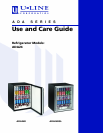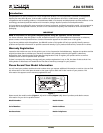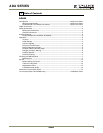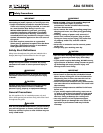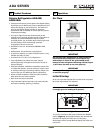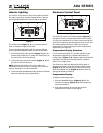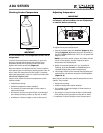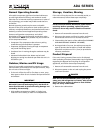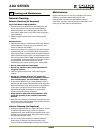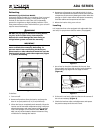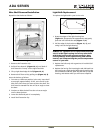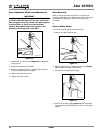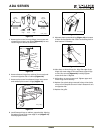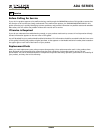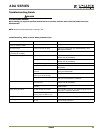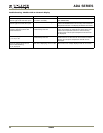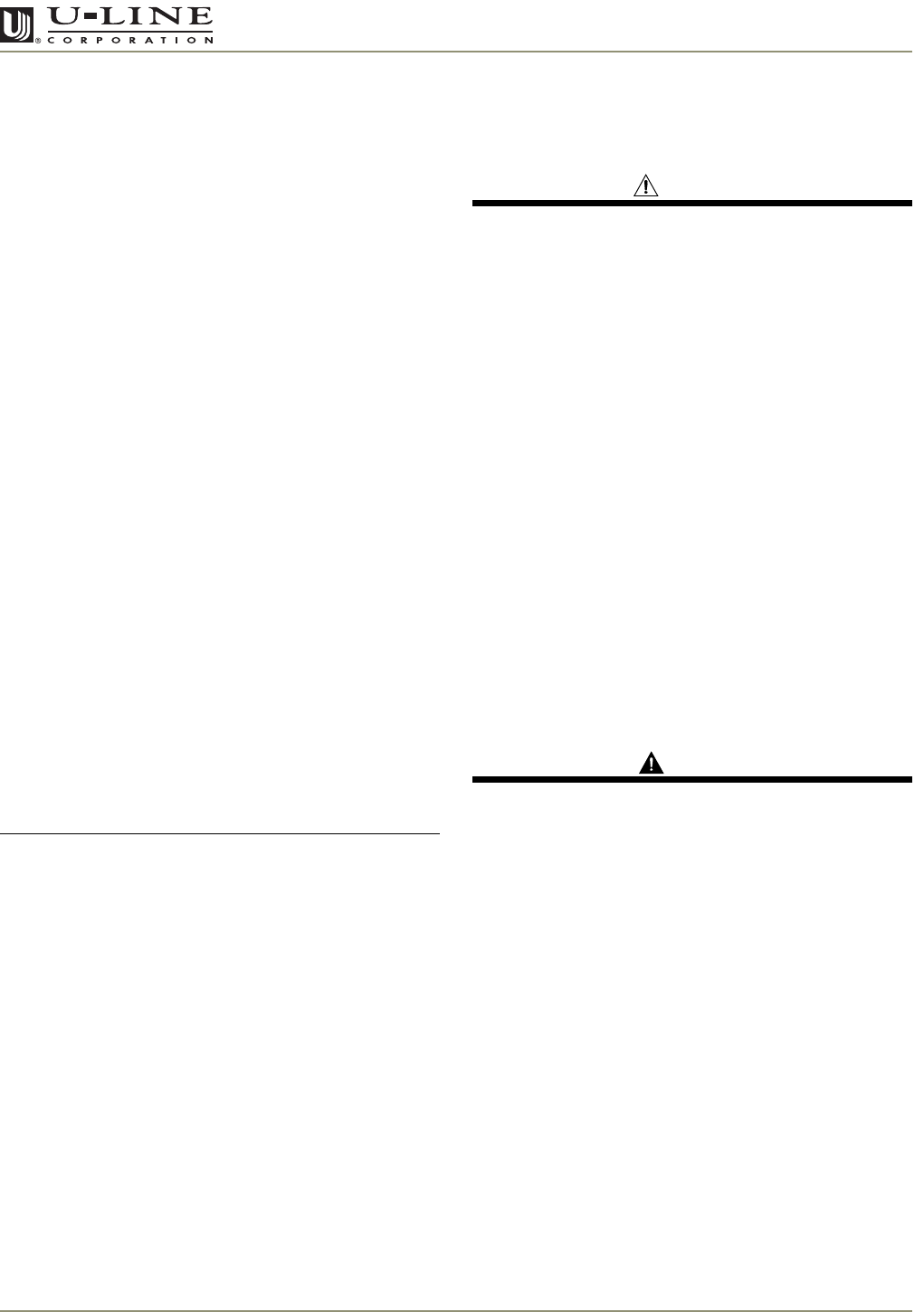
6 ADA24
ADA SERIES
Normal Operating Sounds
All models incorporate rigid foam insulated cabinets to
provide high thermal efficiency and maximum sound
reduction for its internal working components. In spite of
this technology, your model may make sounds that are
unfamiliar.
Normal operating sounds may be more noticeable
because of the unit’s environment. Hard surfaces such as
cabinets, wood/vinyl/tiled floors and paneled walls have a
tendency to reflect normal appliance operating noises.
Common refrigeration components, and a brief
description of the normal operating sounds they make,
are listed below. NOTE: Your product may not contain all
of the components listed.
• Compressor: The compressor makes a hum or pulsing
sound that may be heard when it operates.
• Evaporator: Refrigerant flowing through an evaporator
may sound like boiling liquid.
• Condenser Fan: Air moving through a condenser may be
heard.
• Automatic Defrost/Drain Pan: Water may be heard
dripping or running into the drain pan when the unit is in
the defrost cycle.
Outdoor, Marine and RV Usage
Some U-Line models are designed to operate in outdoor,
marine and RV environments. For best performance, keep
the unit out of direct sunlight.
• If the unit will be shut off for five days or more, prop
door open to allow for air circulation and prevent mold
and mildew.
IMPORTANTIMPORTANT
If the ambient temperature is expected to drop
below 50°F, turn off and unplug unit, and drain all
water from the unit to prevent freezing damage not
covered by the warranty.
• High ambient temperatures (100°F or higher) may
reduce the unit's ability to reach low temperatures.
Storage, Vacation, Moving
If the unit will not be used for an extended period, or
otherwise stored, follow these steps completely:
WARNING
Electrical Shock Hazard. Disconnect power before
servicing. Before operating, replace all panels.
Failure to do so may result in death or electrical
shock.
1. Remove all consumable contents from the unit.
2. Disconnect the power cord from its outlet, and leave it
disconnected until the unit is returned to service.
3. Clean and dry the interior of the cabinet (See CLEANING
AND MAINTENANCE: GENERAL CLEANING).
4. During periods of non-use, the cabinet must remain
open to prevent the formation of mold and mildew.
Open door a minimum of 2 in. (5 cm) to provide the
necessary ventilation.
Product Disposal
If the unit is being removed from service for disposal,
check and obey all Federal, State and/or Local regulations
regarding the disposal and recycling of refrigeration
appliances, and follow these steps completely:
1. Remove all consumable contents from the unit.
2. Disconnect power to the unit and unplug the power
cord from its outlet.
DANGER
RISK OF CHILD ENTRAPEMENT. Before you throw
away your old refrigerator or freezer, take off the
doors and leave shelves in place so that children
may not easily climb inside.
3. Remove the cabinet door.



